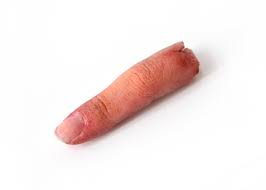Would you like to see this aircraft added to the game?
- Israeli TT
- Future Argentine TT
- Other
- I answered “no” to the first question.

An introduction:
Today we’ll be taking a look at the IAI Finger, an upgrade done to the Nesher/Dagger airframe for the Argentine Air Force in order to put them to a standard similar to the one found in the Kfir C.2. This suggestion might feel like a follow-up of the
Dagger suggestion, and its is that way, since the Daggers were all upgraded to the Finger standard.
History and Service:
One of the accorded parts of the Israeli deal for the Aircraft was the upgrade to a similar standard found in the Kfir C.2, this was called the SINT program (SINT meaning Integrated Fire and Navigation System/Sistema Integrado de Navegacion y Tiro), this program contemplated a massive modernization to the capabilities of the Nesher/Dagger. Initially the FAA contacted various companies in Europe to choose a provider for the new avionics, this resulted to be Marconi Avionics Ltd., who were chosen to deliver the main HUD and other Hardware for the program. Along this the FAA signed a deal to acquire simulators for Mirage III and Dagger (with the SINT upgrade) in 1979.
The program would add a real “Head Up” display for the aircraft, meaning all data was displayed in the front of the aircraft and it didn’t need the pilot to look to a display below like in other Aircraft of the time. Another interesting thing, that was that this HUD was the first “intelligent” unit of its class to be used, as it kept track of the data being loaded to the aircraft’s console, informing the pilot of an error in the case of finding one and asking for the data to be correctly loaded. Another interesting thing was Navigation and fuel consumption calculations, that were almost perfectly accurate when telling the pilot how much autonomy it had and where it could go in the case of being running out of fuel.
The initial configuration for the SINT contemplated a telemetric/doppler hybrid radar that was directly connected to the main HUD, a new mission and navigation (inertial) control, and also the BCCS system for emergency routes. The old nose in the Dagger was replaced by the one found in the Kfir C.2 to fit the new radar and other components, IAI would suggest the addition of canards and 2 more weapon stations below the intakes like in the later Kfir’s, but this was discarded.
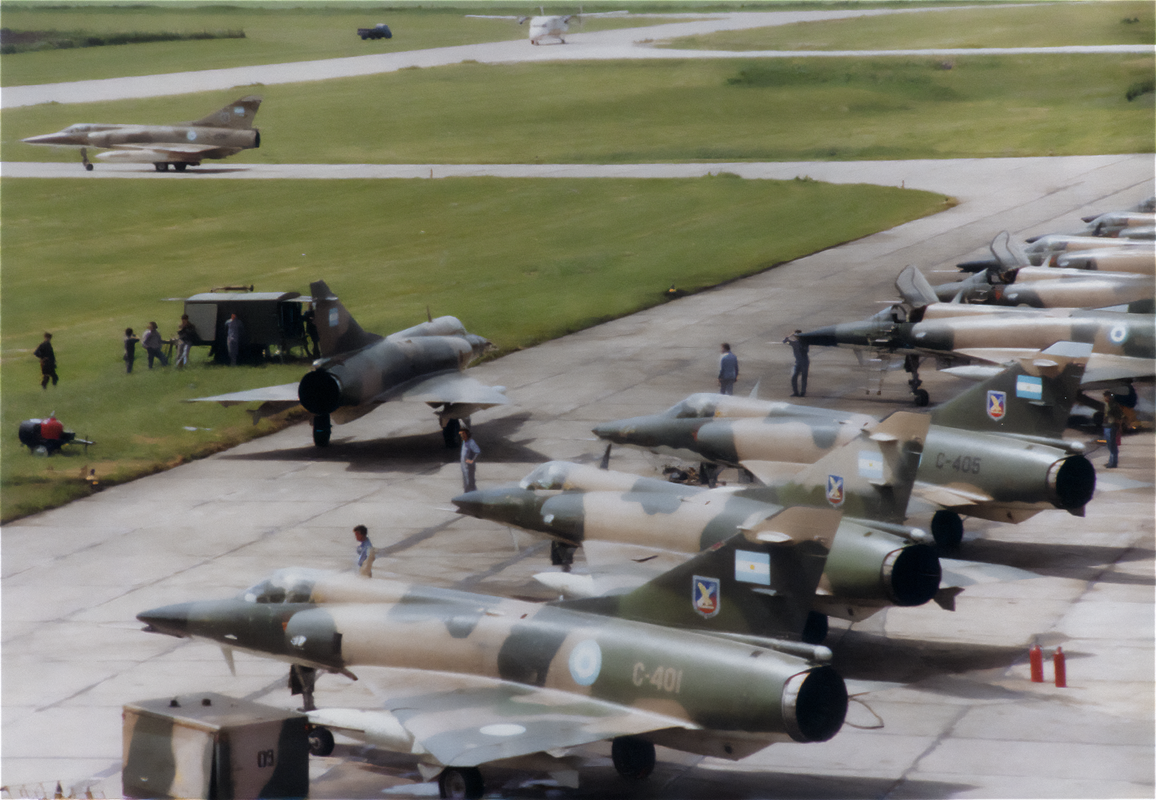
A “Finger I” pictured along Daggers (denoted by the nose color)
The first Finger would take to skies the 28th of May 1981, this initial flights were to corroborate the changes in performance the new heavier nose and radar would have on the aircraft. By august of the same year the final configuration would be finished, with changes being:
- IAI (Nose and fitting of all the systems)
- Marconi (HUD,EU, Air Data Computer, Flight recorders)
- ELTA Systems (EL/M2001B radar)
- SFIM (ISU-Inertial System Unit)
- TRT (Radio-Altimeter)
- Canadian Marconi Co. (Doppler Radar)
After all choices were accepted in the final configuration, Argentine technicians were sent towards all nations that were working on the Program (Uk, Canada, Israel and France) to familiarize with the new systems the aircraft was going to get. After this the phase 2 of the program took place, where the first complete example with all these changes was sent from Israel to Argentina disassembled and assembled in AMACUAR (maintenance center), while also getting another kit for the conversion of another aircraft, Dagger C-408 was eventually chosen and conversion started in early 1982.

Test model with the ELTA radar mounted
With the war starting on April 1982, all support by both Canadian and British Marconi ceased, their technicians leaving the country while Argentine Technicians overseas were contacted to come back and resume the program, French components would be temporarily blocked and their deliveries would resume after the conflict. From the 2 aircraft that were undergoing the fitting of the Kit, only one was rebuilt as a Dagger and sent to operations in the South Atlantic, while the other remained stored as it was almost complete and the FAA couldn’t risk an untested aircraft.
Following the cease of operations in the South Atlantic, the project was resumed evading the British blockade on military sales to Argentina, finally the Program was renamed “Finger”. Some units would follow an “Hybrid” Standard, fitting almost all components with the exception of the HUD, while others would use the remaining Kits that Marconi left in the country. Nonetheless the FAA would kick off the RFI program (Replacement of British Equipment) and offered to various companies a deal to supply a replacement. The final choices were:
- Thompson (France) for the EU & PDU.
- Israeli Astronautics for the ADC.
As years passed the standardization took place in the form of the Finger III (Finger I were prototypes in the old configuration and II in the Hybrid), with a possible Finger IV that contemplated the fitting of an RWR system (thing that it was done in test units but abandoned to be transferred to the MARA upgrade of the MVPs), another modification that was never finished was the addition of an air-air refueling probe. The bulk of the Fleet found itself on the IIIA/IIIB standard.
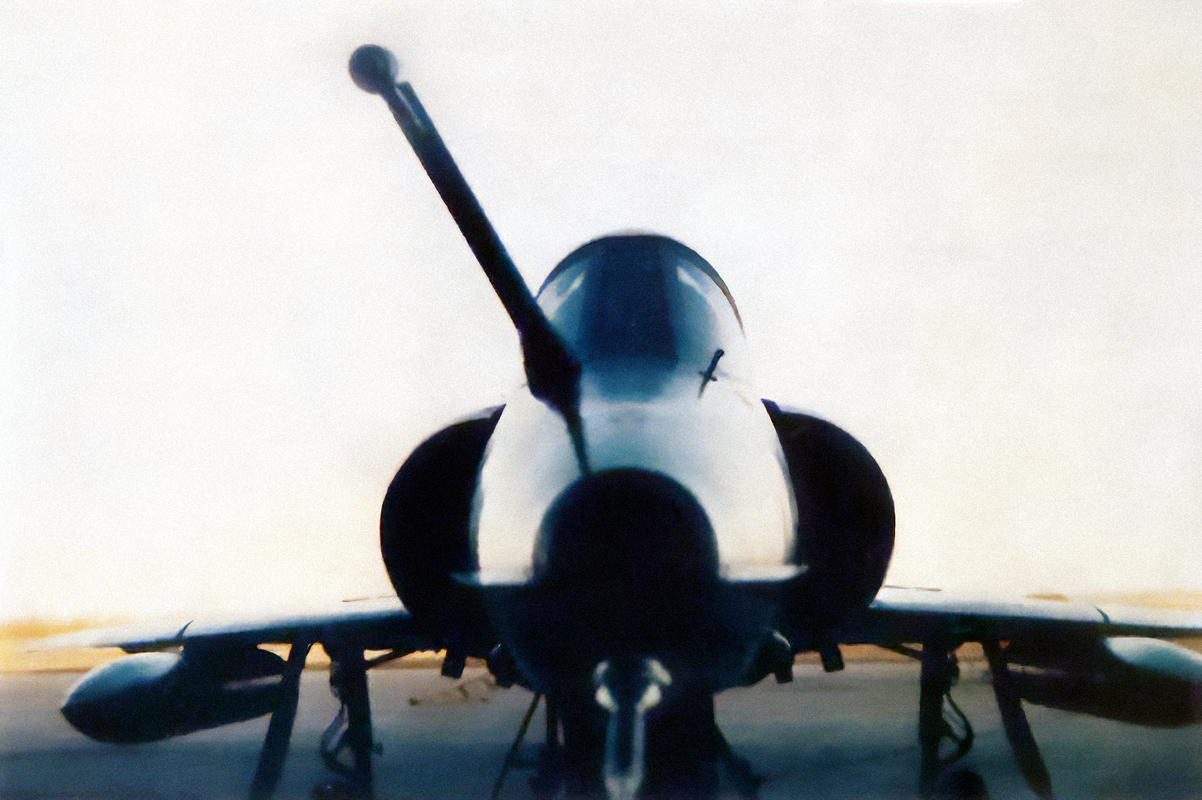
The example with the mockup Refueling probe
Its Characteristics…
The system itself is built around a mission computer named EU (Electronic Unit) that’s associated to the HUD (Head Up display) and the respective digital buses that feed the data provided by other components to later display them on the HUD. All navigation, fuel control and telemetry data obtained by their respective systems is feed to the EU and then to the PDU (pilot display Unit) to help him obtain better results on its mission (navigation or attack). In terms of attack capability, the ELTA 2001B provides information regarding ground up to 10Km and air up to 5Km, with CCPI, CCPL and CNPL for ground attack while it had CCLT and LCOS for engagements Air-Air.
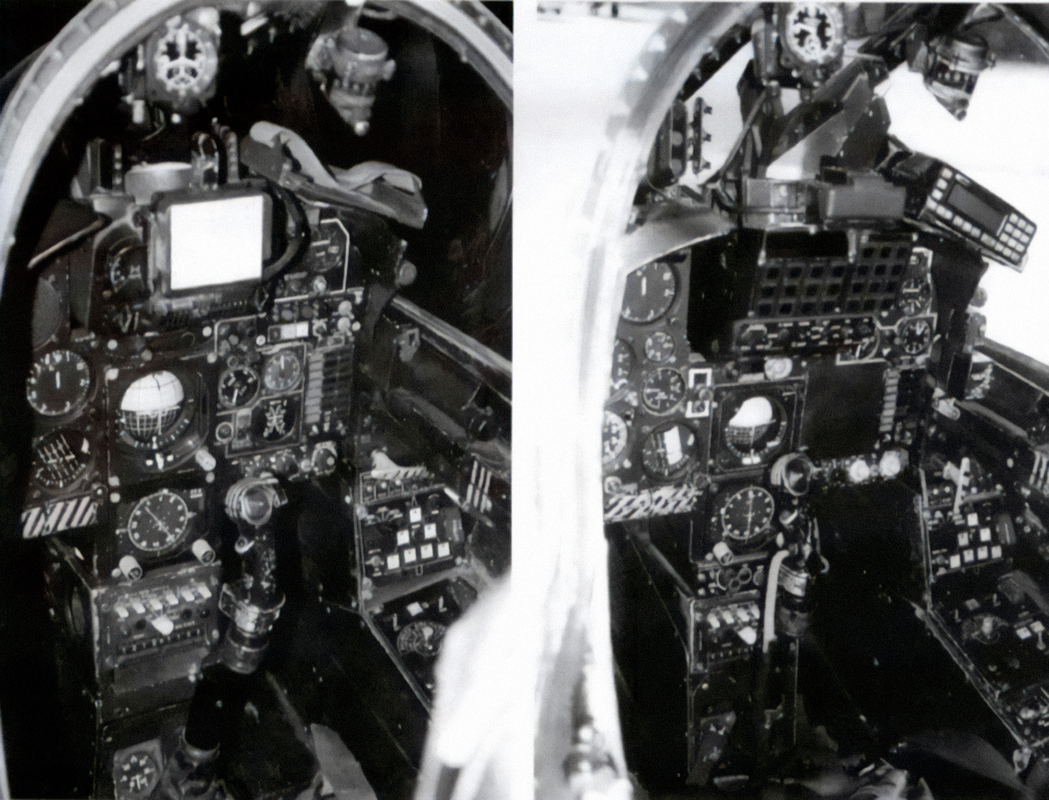
Dagger Cockpit (Left), Finger Cockpit (Right)
The 90s, 00 and its well earned end.
As time passed, the Fingers were involved in multiple exercises in all south America, while also still being deployed at the Patagonia. Their late service would be relatively quiet, with the major mention of the Homologation of the AIM-9L/M missile during the early 2000s. In 2015, after 43 years in operations and over 131.000 flight hours the the finger were retired along with all the Mirage fleet. Closing a huge chapter in Argentine Aeronautical history.
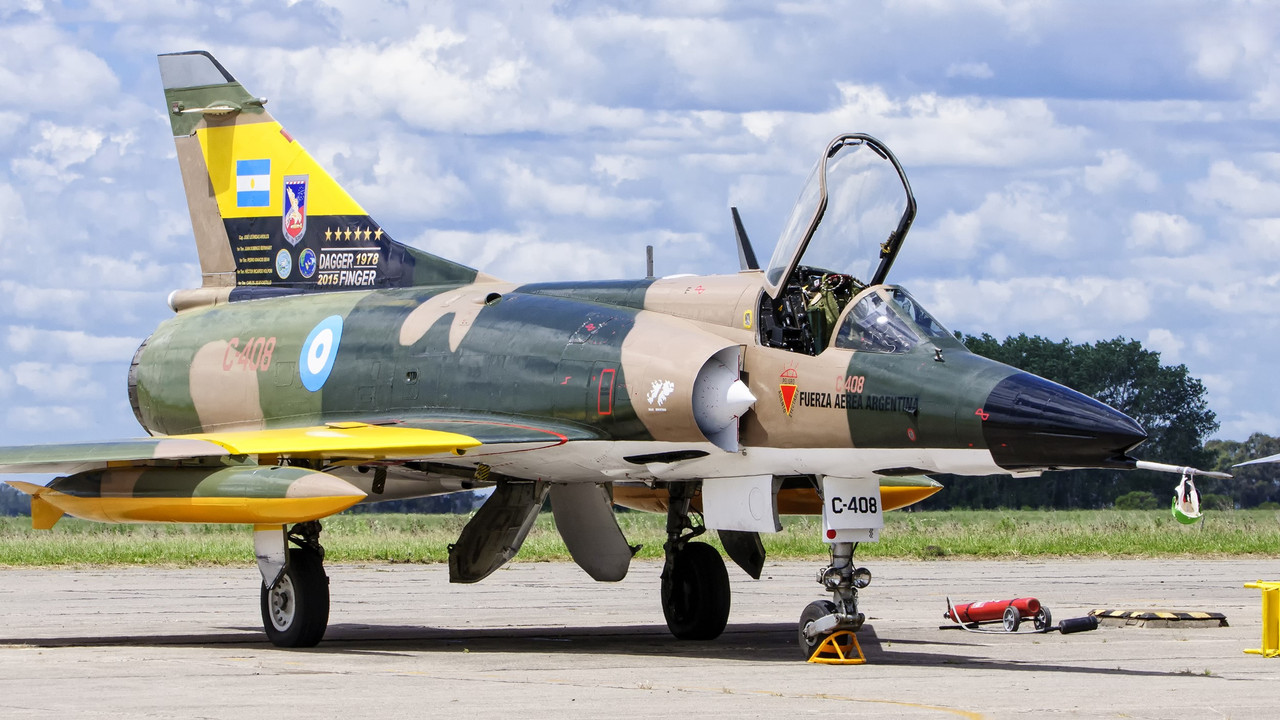
A IAI Finger with the Dagger camo during its retirement Ceremony
Technical Specifications:
Spoiler
Crew: 1
Dimensions:
Length: 15.61 m
Wingspan: 8.22 m
Height: 4.55 m
Wing Surface: 34.80 m²
Weight:
Empty weight: 6800 kg
Max takeoff weight: 13500 kg
Engine: Bet Smersh/ SNECMA Atar 9C-5
Power: 9370 Lbf of thrust (normal), 14000 Lbf (Afterburner)
Performance:
Max speed: 1400 Km/h (Sea level)/Up to Mach 2.0+ At higher altitudes.
Service ceiling: 18000 m
Climb-rate: 186 m/s
Range: 1250 Km (Combat)
Armament:
Internal Guns: x2 DEFA 552 30mm cannons (125 RPG)
A total of x7 Hard-points to carry:
1000lb bombs (Mk.17)
250kg bombs (Expal BK/BR, with or W/o parachute)
130kg bombs (IMI)
125Kg bombs (general Purpose/EXOCOR)
115Kg bombs (IMI) (Pending confirmation)
LAU-60 Rocket pods (FFAR)
LAU-10 Rocket pods (ZUNI)
Shafrir 2 missiles.
AIM-9L/M
Other Systems:
RADAR: ELTA 2001B (5km AIR-AIR, 10 AIR-GROUND)
BALLISTIC COMPUTER: (Cannons, Bombs and rockets(?))
CHAFF/FLARES (fitted in the space for the SEPR rocket)
RWR(?)
Images:
Spoiler

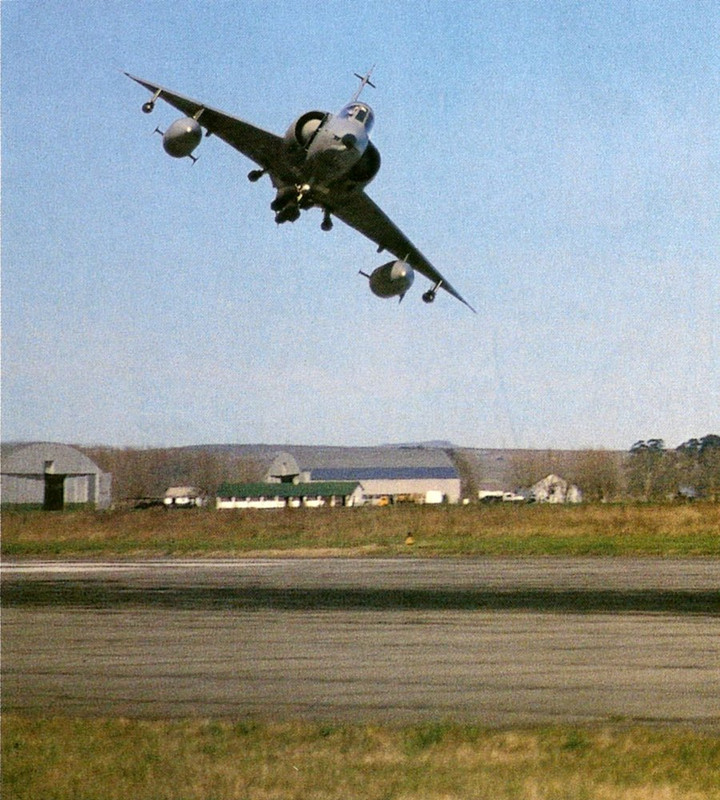
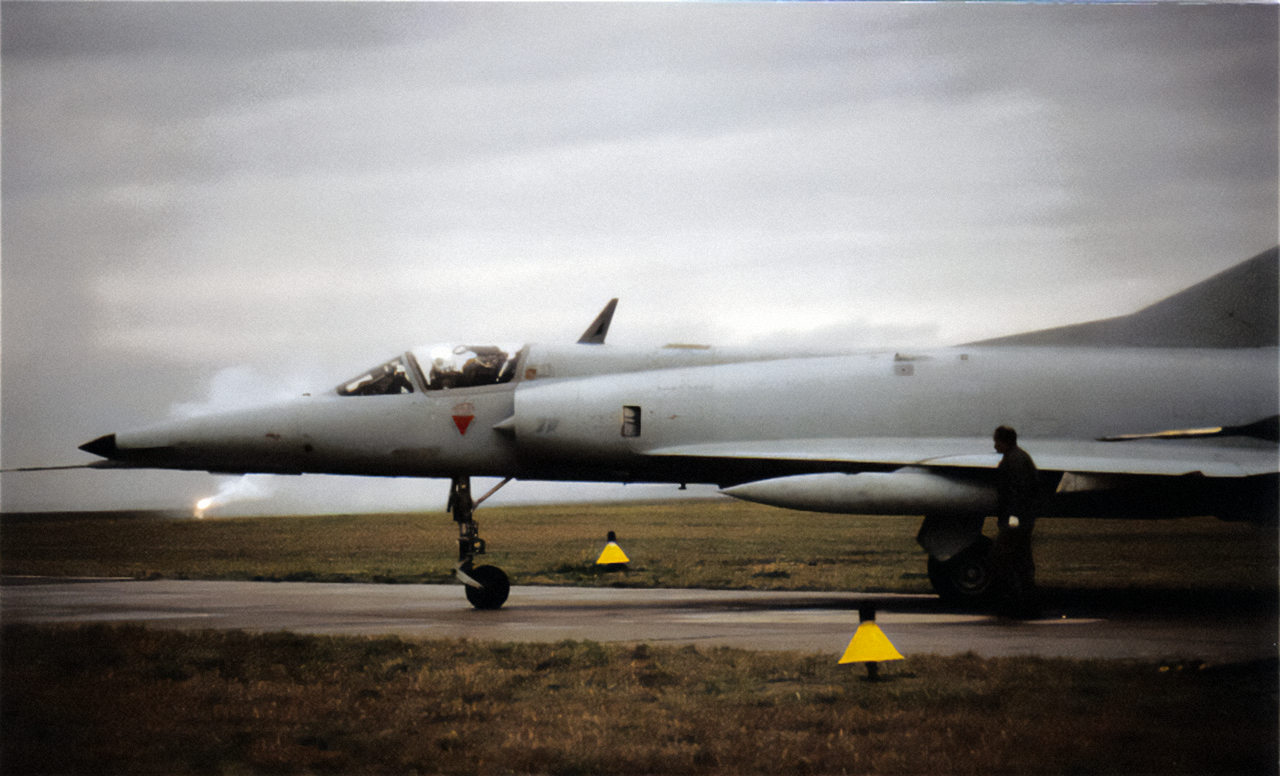
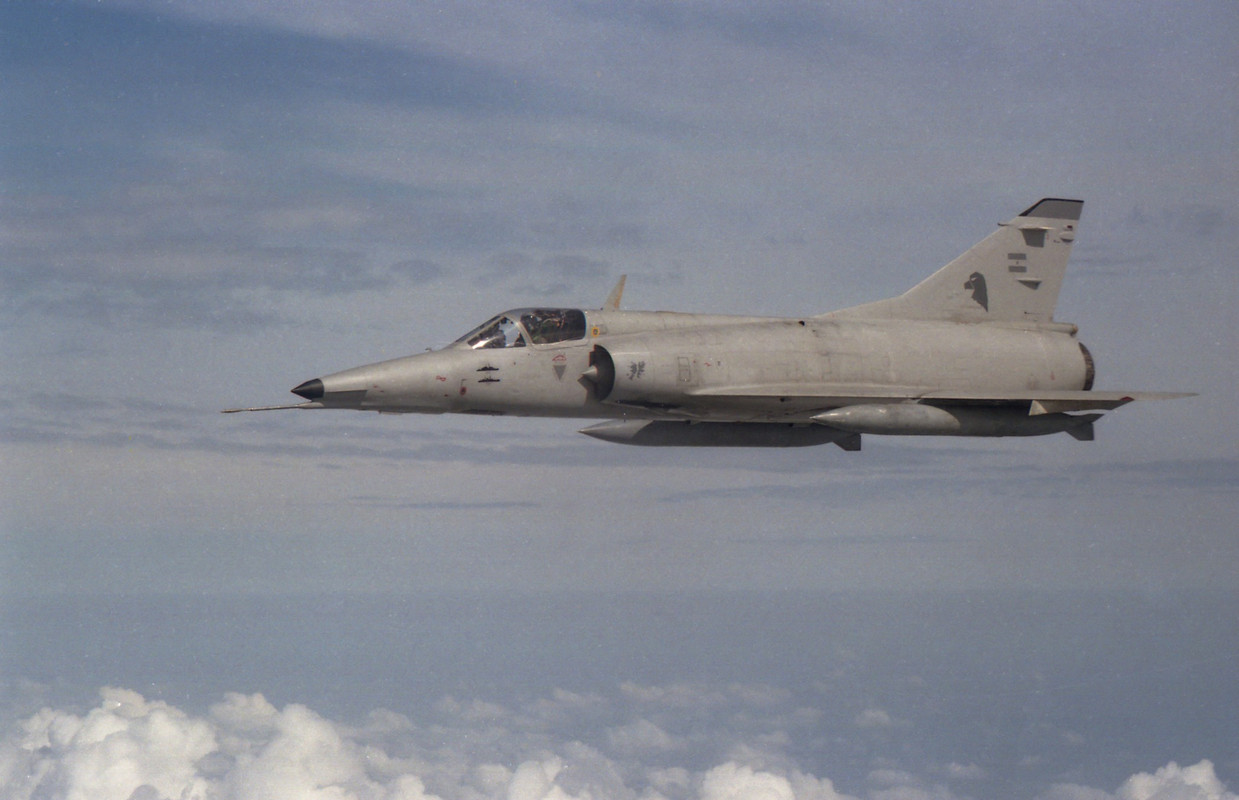
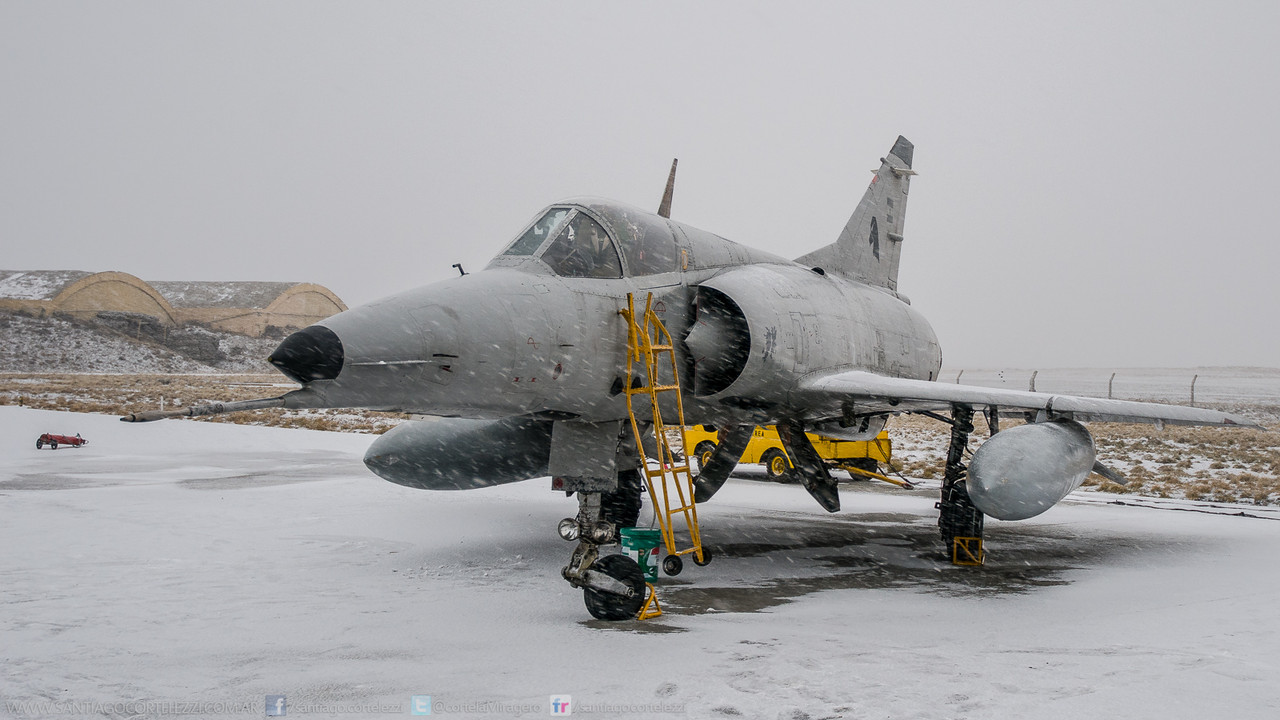

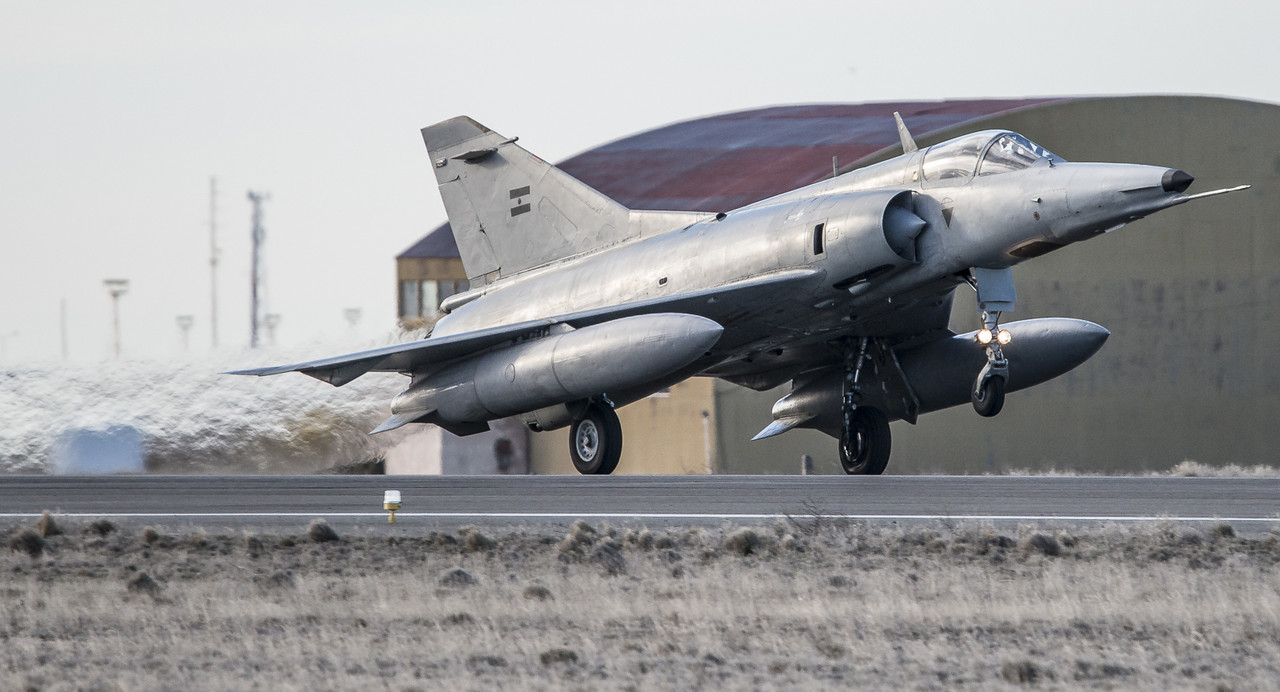
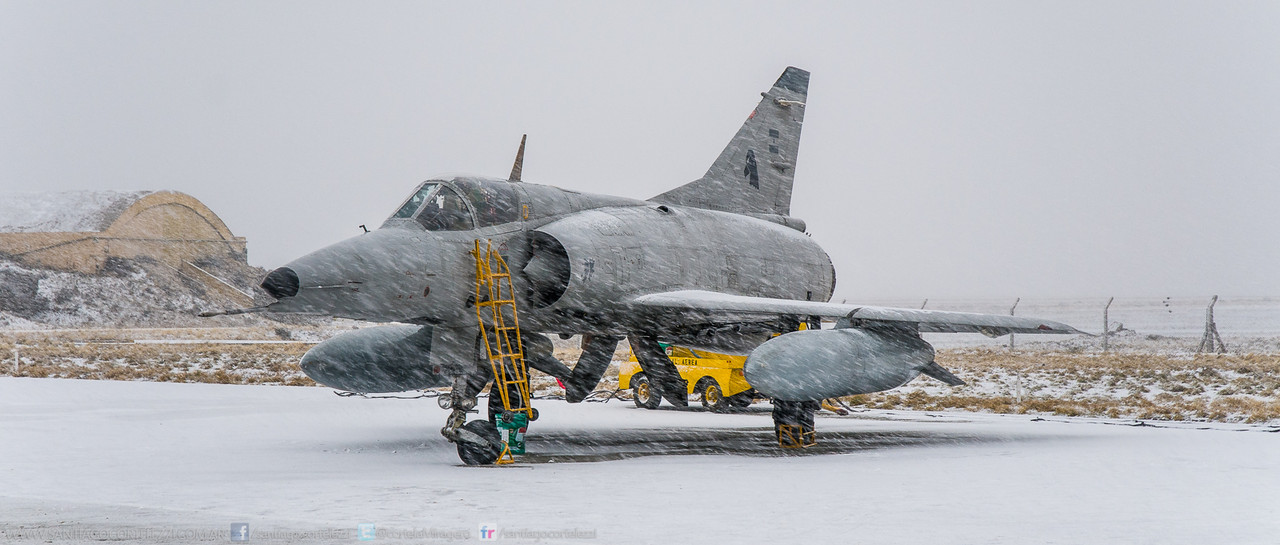

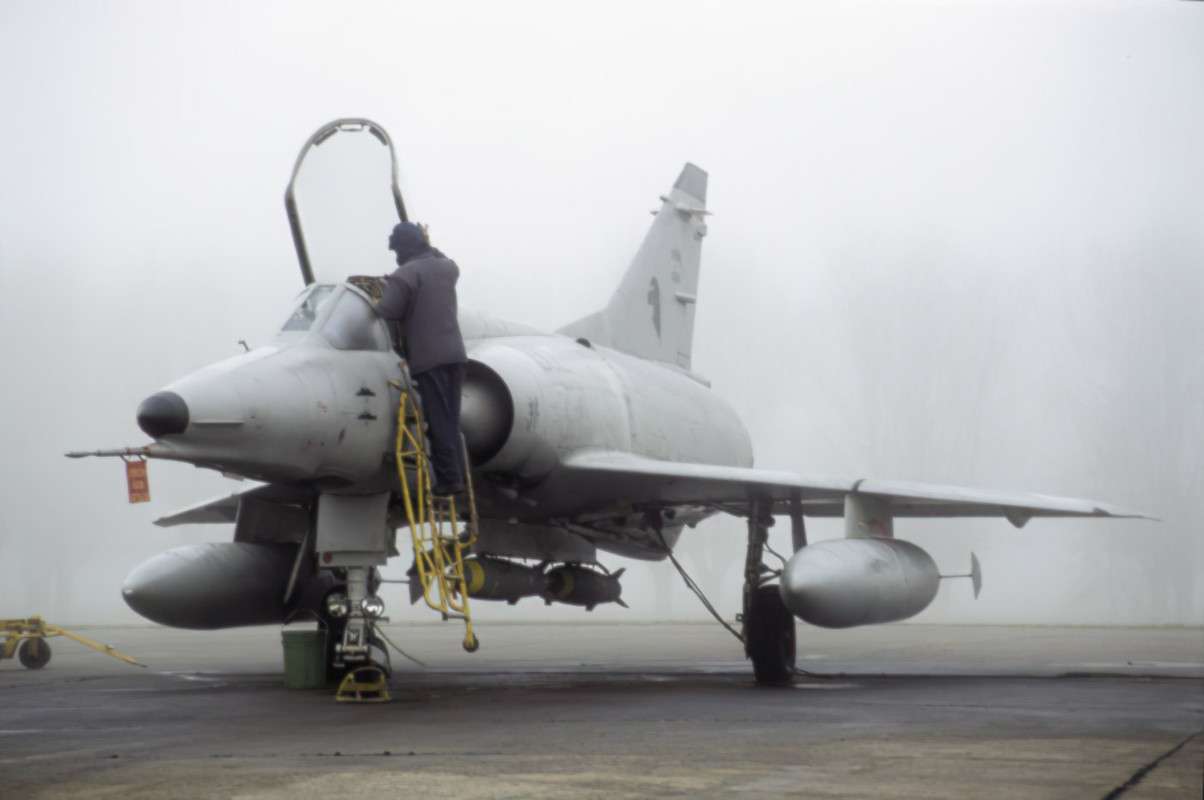
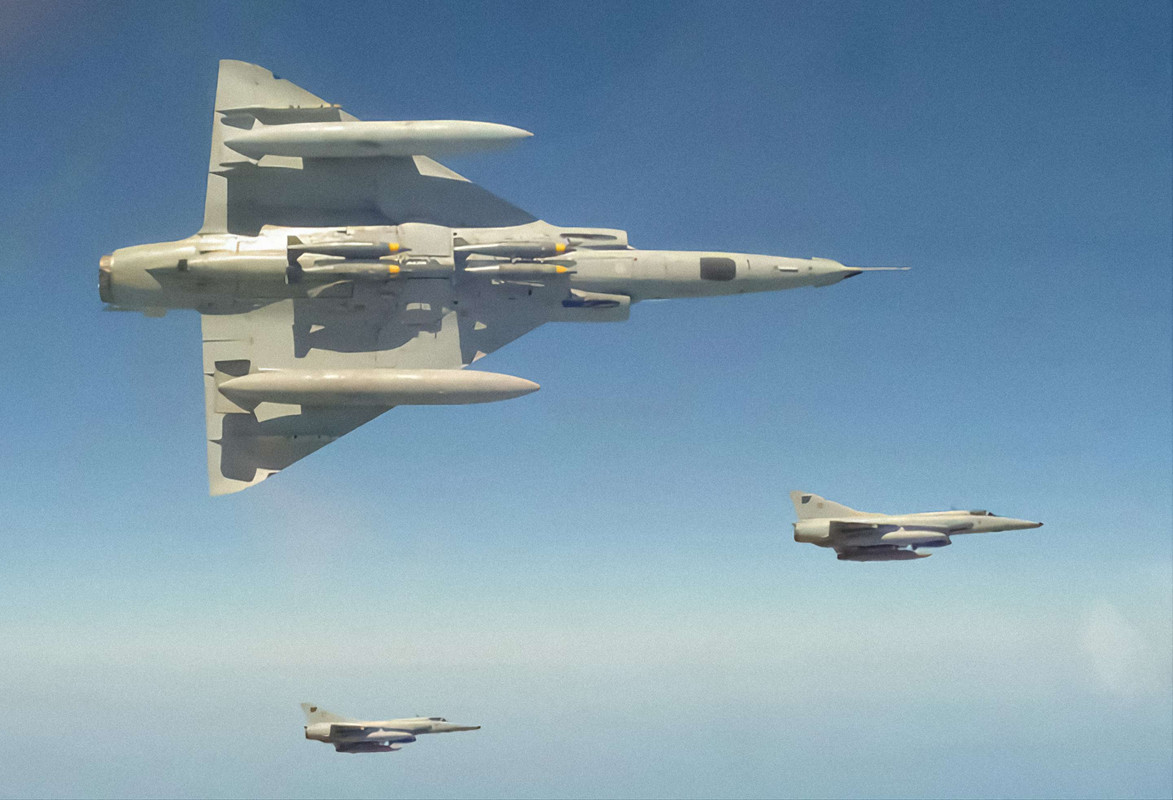
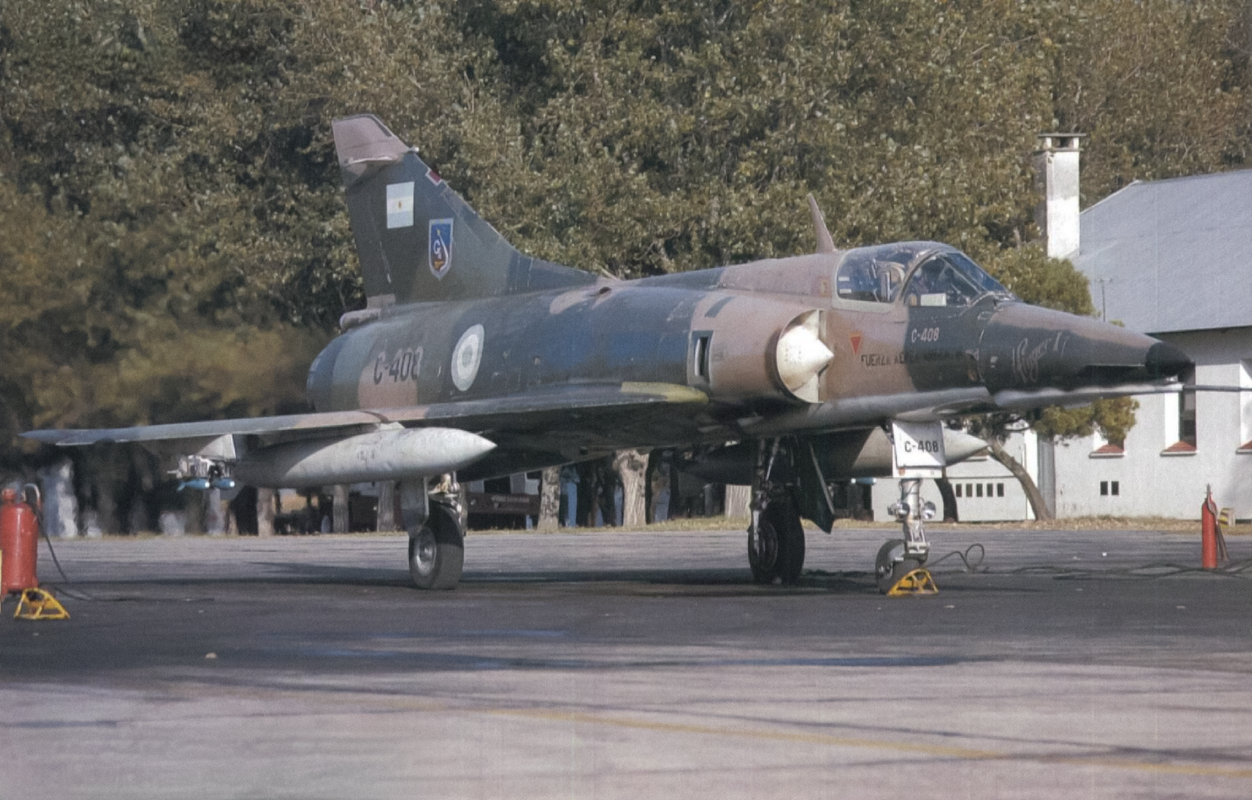
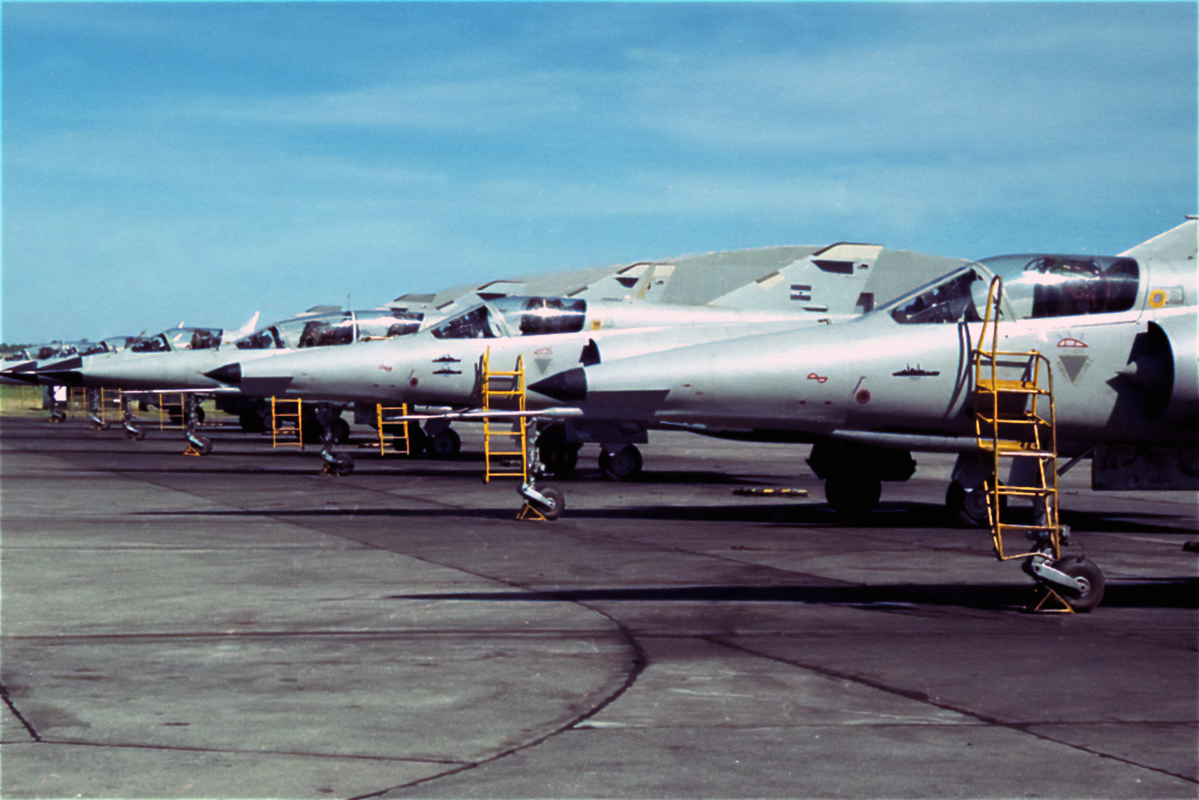
Sources:
Spoiler
Books/Magazines:
CPIAyE- Numero 17
DAGGER & FINGER en Argentina - Avialatina
IAI Dagger- Jorge Nuñez Padin
IAI NESHER-The IAF Aircraft series 2
Sea Harrier FRS.1 VS Mirage III/DAGGER- DOUGLAS C. DILDY & PABLO CALCATERRA
Sites:
IAI Dagger
IAI Nesher - Wikipedia
https://www.zona-militar.com/




















